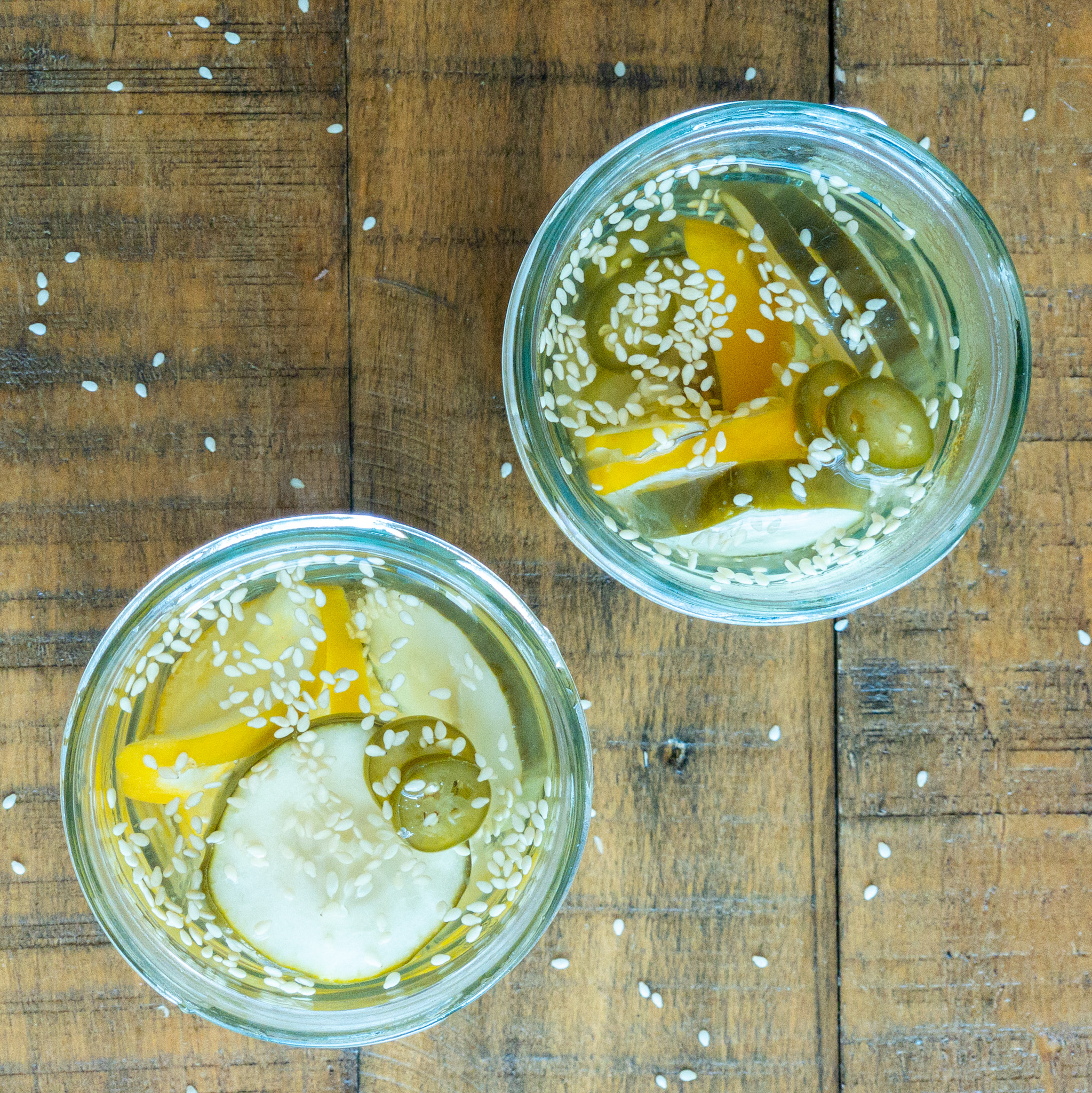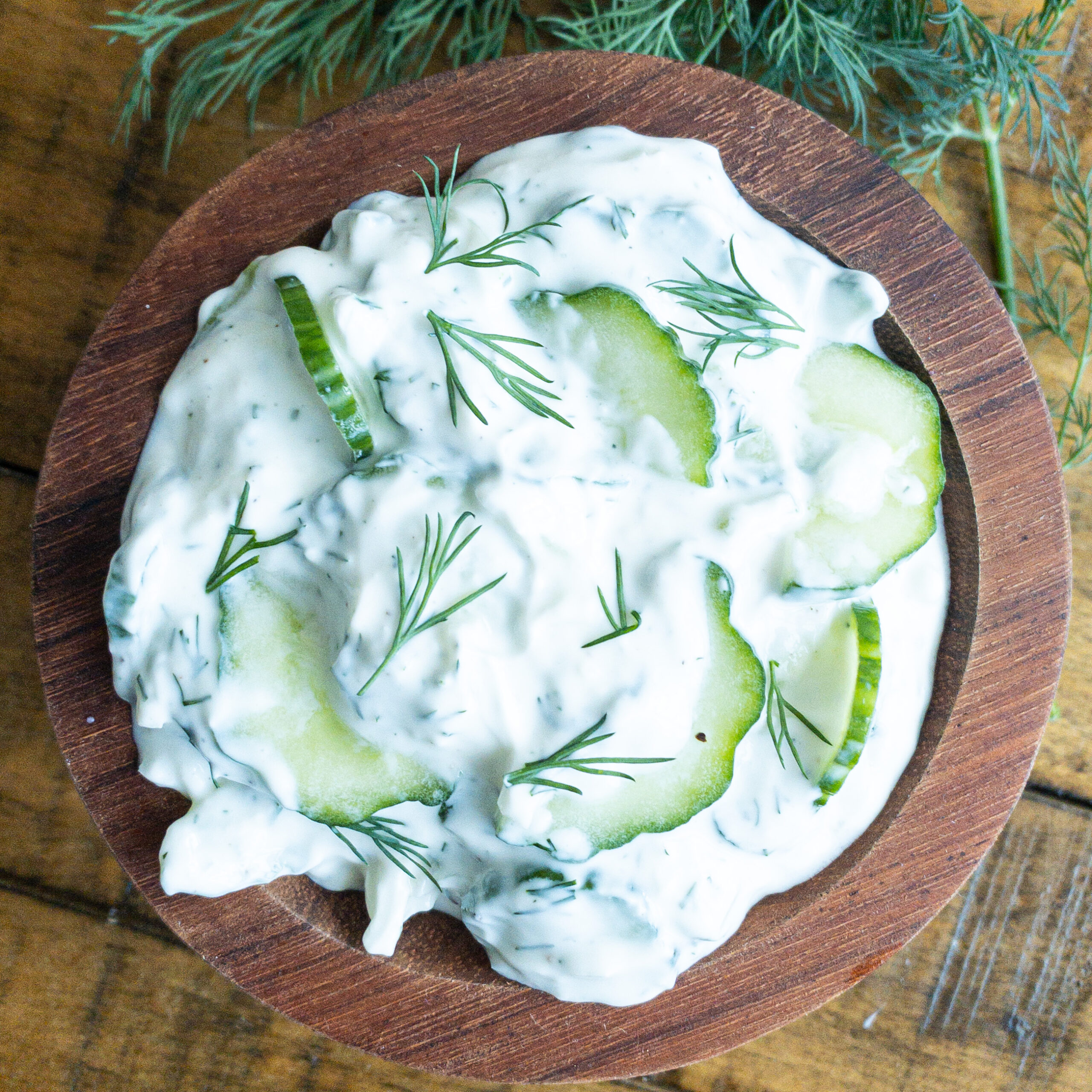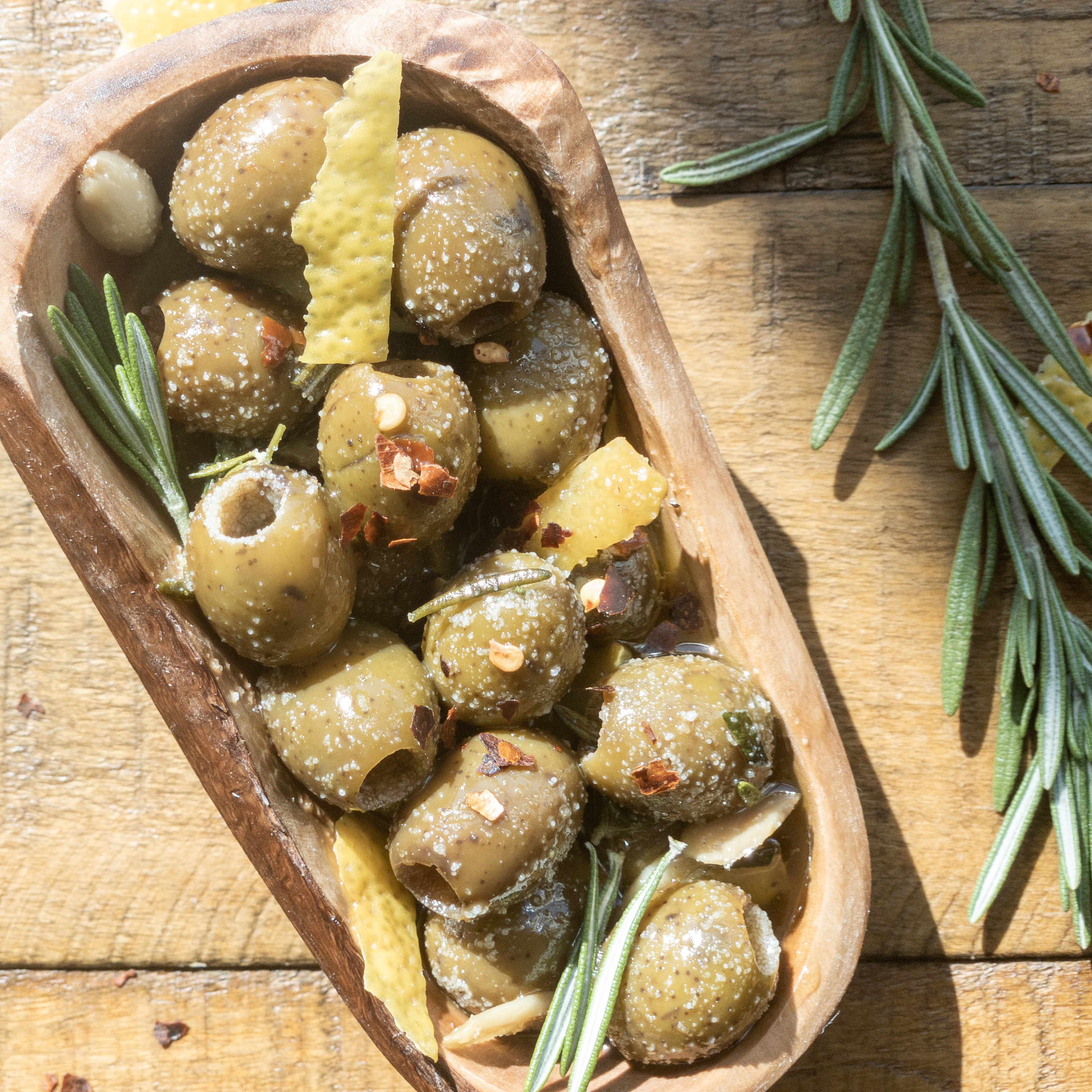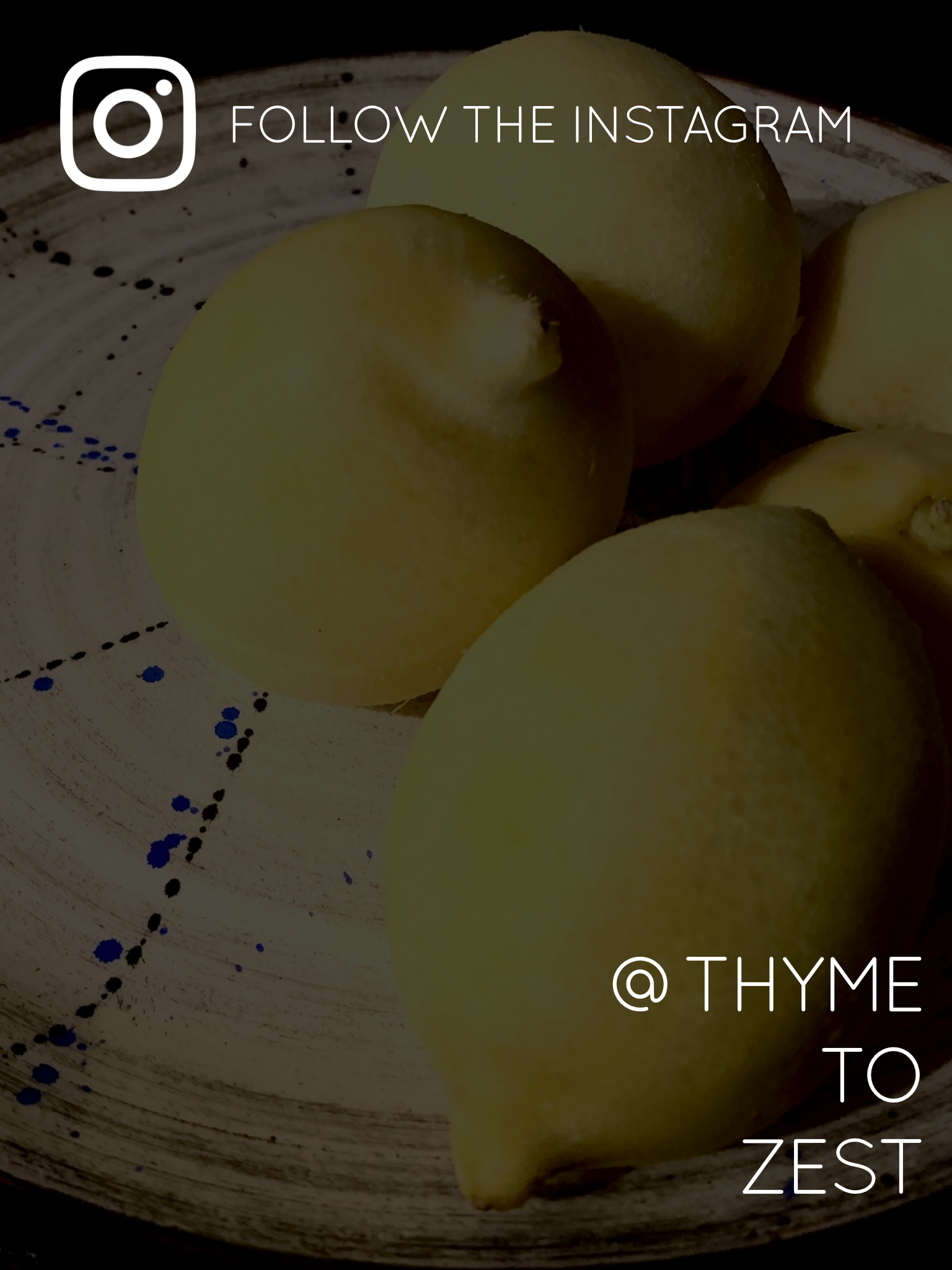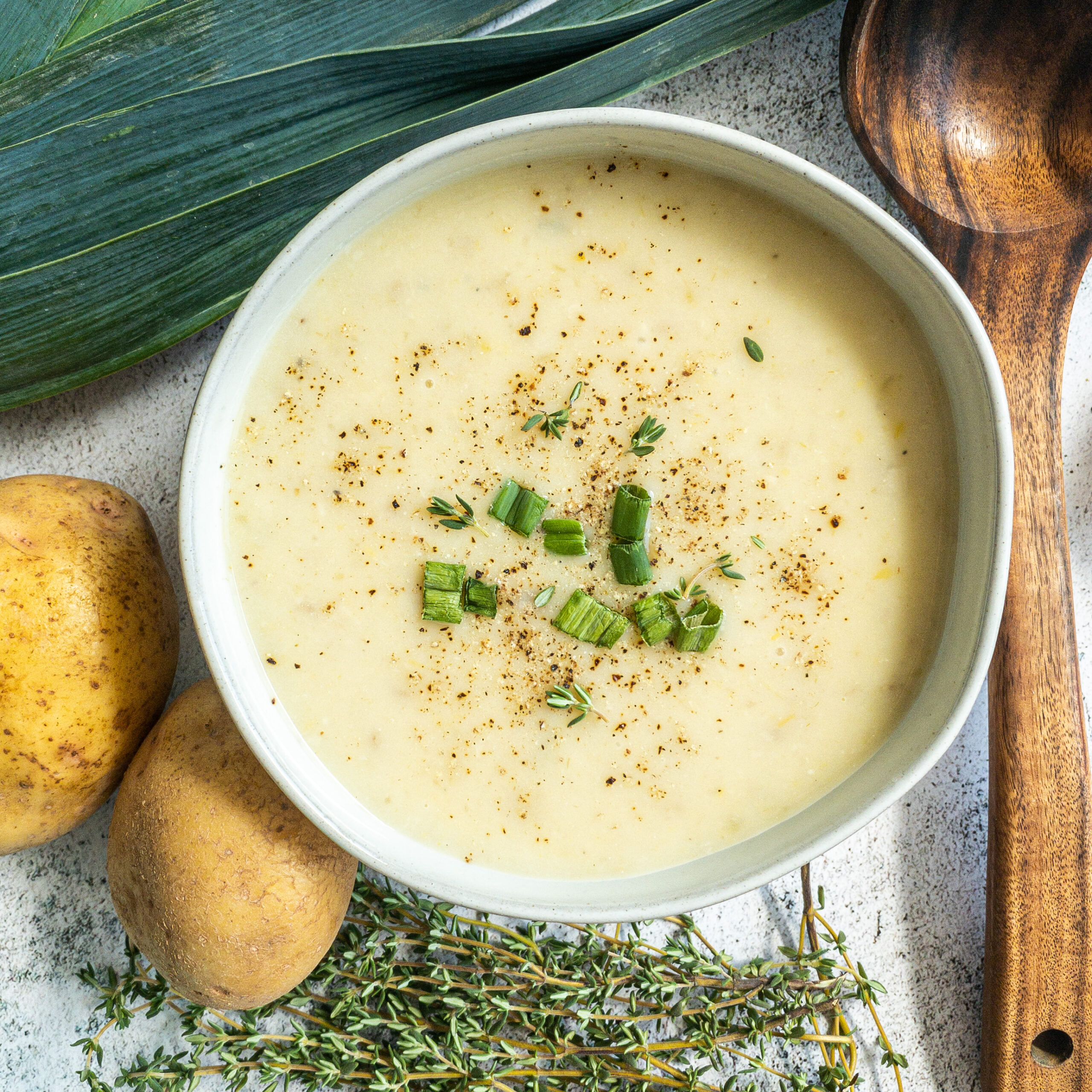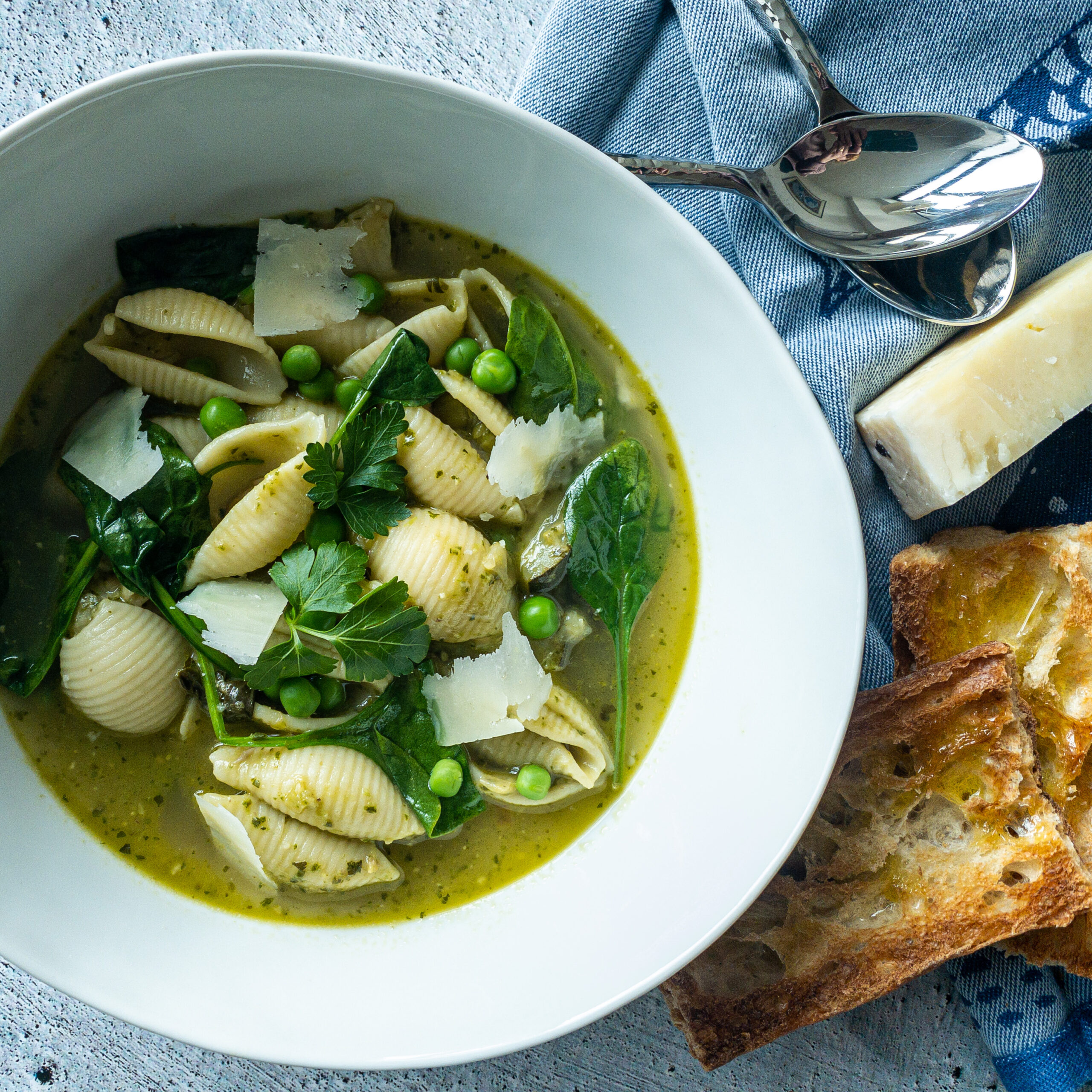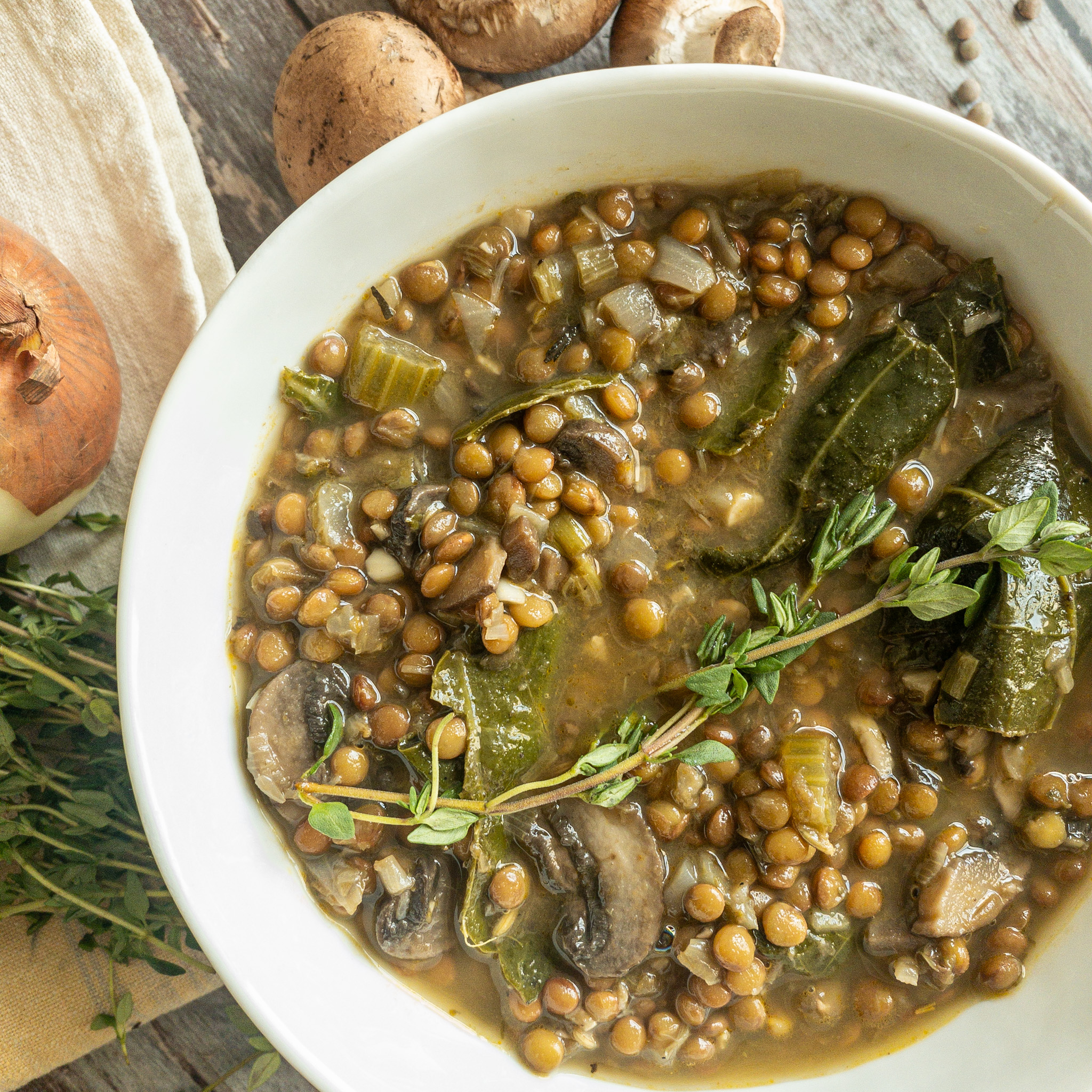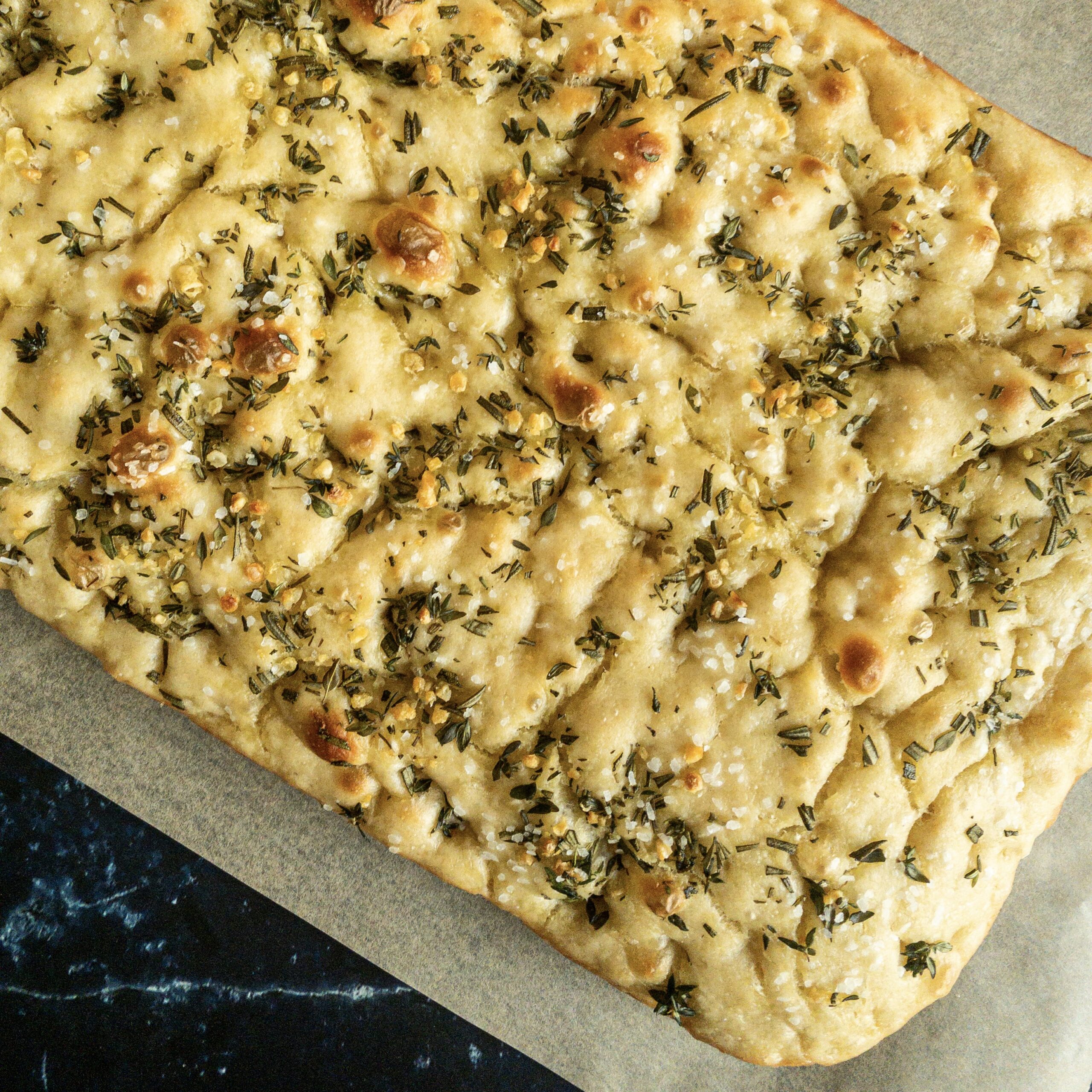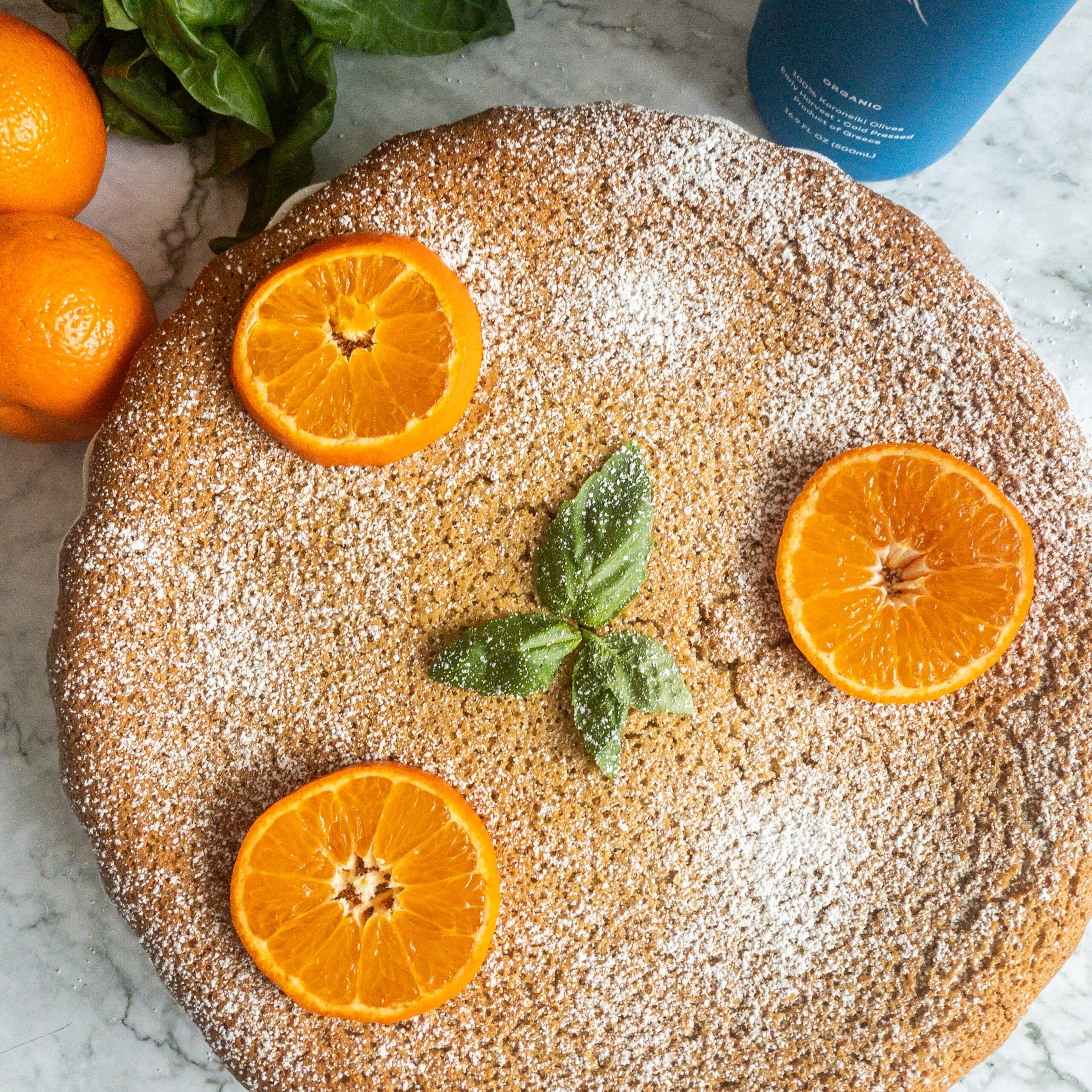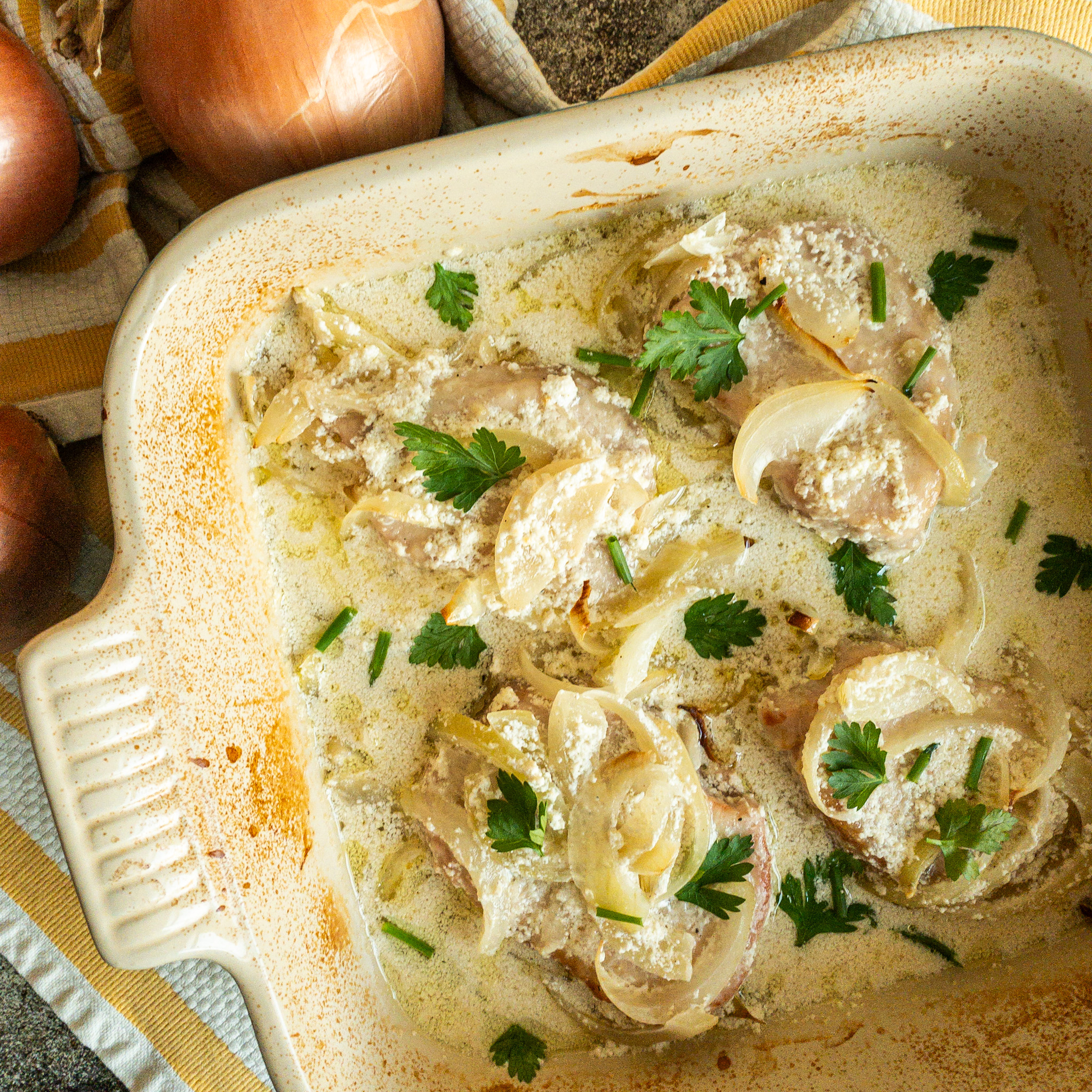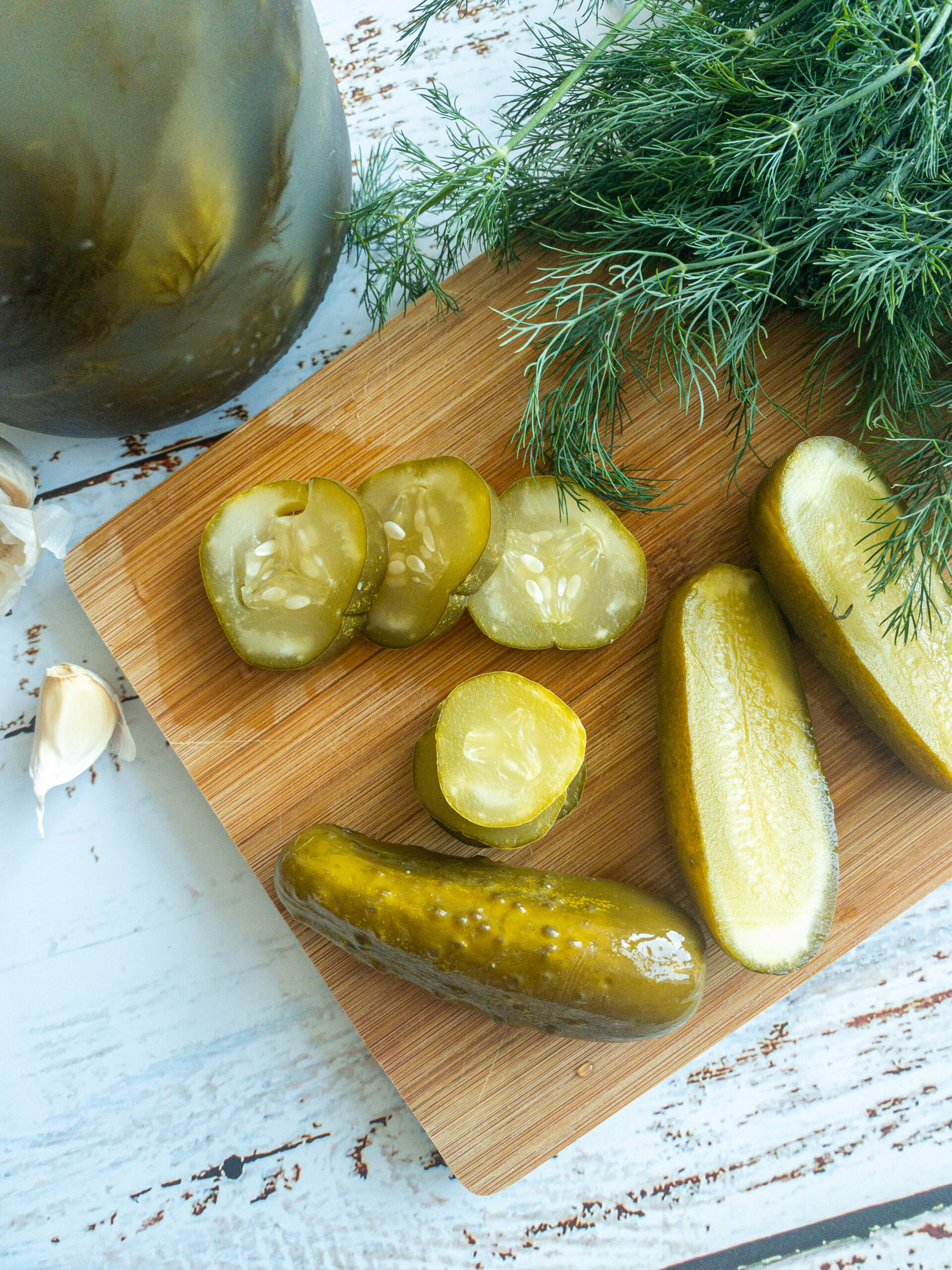
A pickle a day...is that what they say?
Once you try these easy homemade dill pickles, you might never buy pickles from the grocery store again. Truth be told, I’ve always been kind of lukewarm about pickles. I never really buy them myself, and if I’m given a pickle slice with my sandwich, I typically pass it over to whatever pickle-lover I’m dining with. The only time pickles made me swoon was when my grandmother would bring over a jar of her homemade dill pickles.
When my grandmother made pickles, I always thought she went all in, and I was super intimidated by her methods. I knew she’d go to a specific farm to get the right kinds of pickling cucumbers, stuff them into multiple gallon-sized jars, and fill all of the gaps with salty water and dill. To me, it seemed like a process, that is, until I started making my own pickles.
The beyond tasty outcome really doesn’t match the level of effort that goes into making these beauties. Meaning it’s fairly simple to make your own pickles. The most important aspects are making sure you have super fresh (and ideally locally grown) cucumbers, a ton of fresh dill with seeds, garlic, black peppercorns, and salted water. Oh, and a giant jar that you can keep sitting out for a few days. Read on for more tips and the full recipe, but let me know your thoughts in the comments—once you start pickling you may never stop.
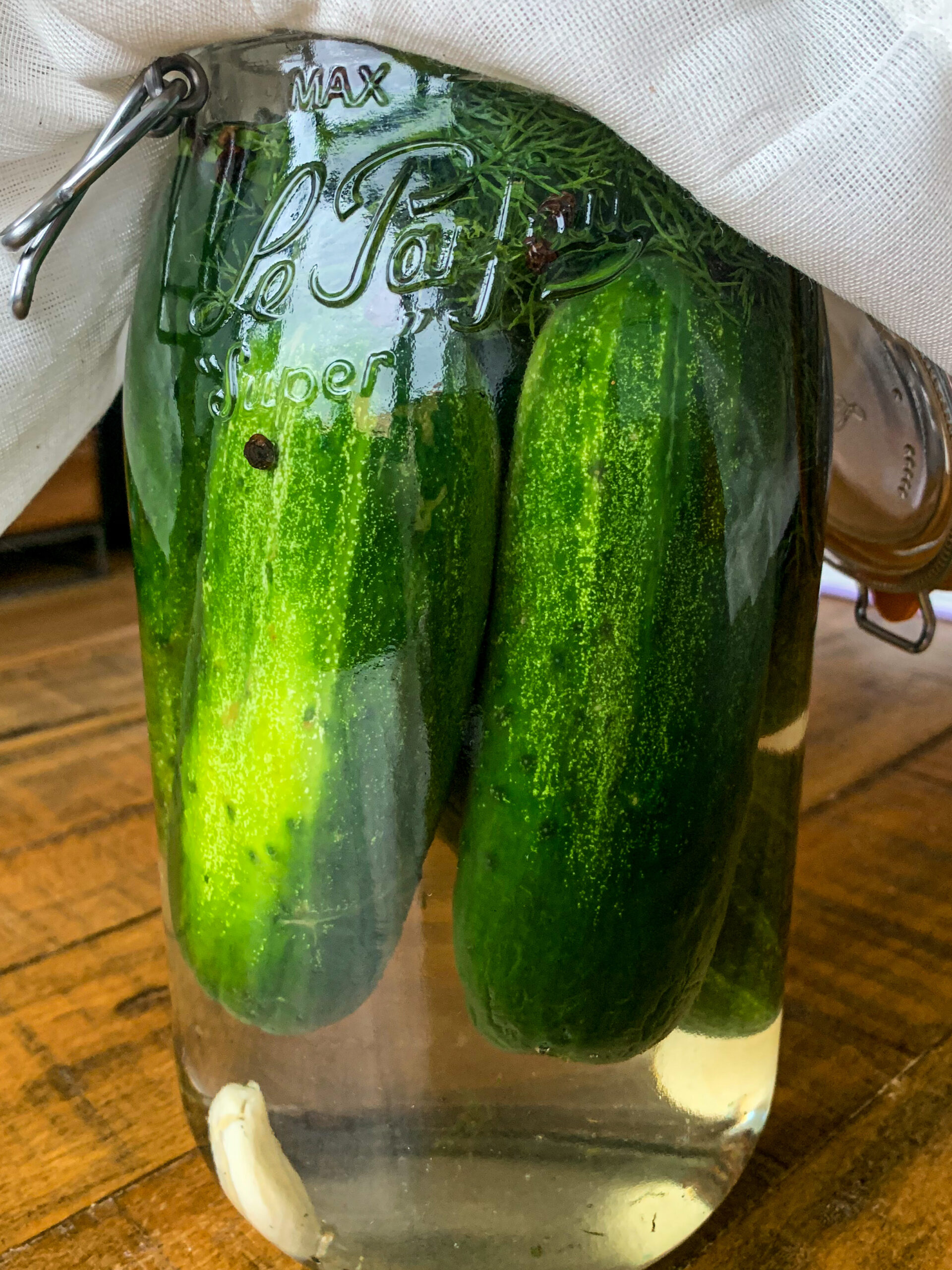
⟶ the recipe
homemade dill pickles
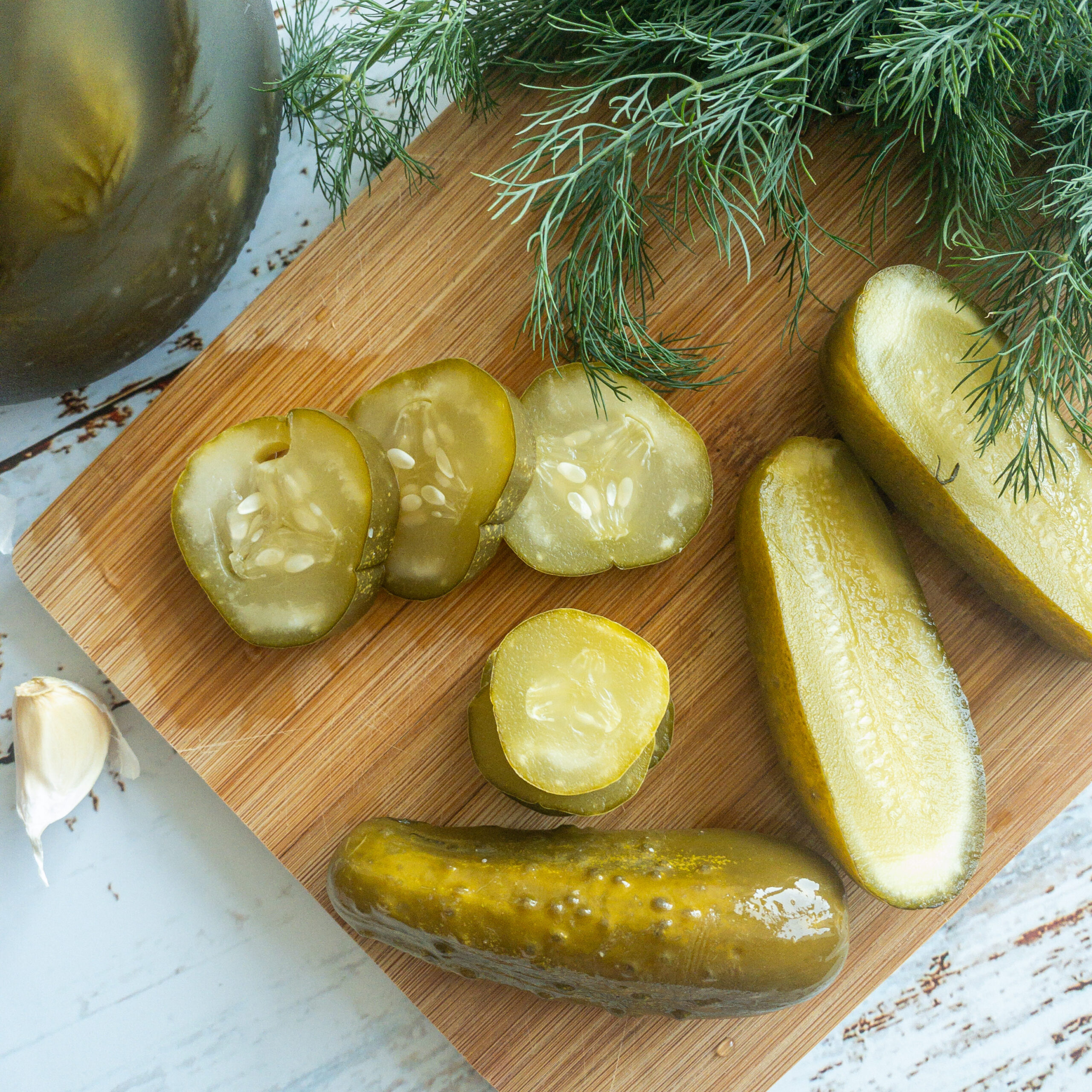
ingredients
1 gallon water
¼ cup Kosher salt
3 pounds small pickling cucumbers
1 tablespoon black peppercorns
2 cloves of garlic, crushed
1 large bunch of dill with the seeds
Prep time
45 minutes
Cook time
5-7 days
Total time
5-7 days
1 gallon jar of pickles
instructions
Bring water with the salt to a boil in a large pot. Once it’s at a rolling boil and the salt has dissolved, remove from the heat and set aside to cool completely.
Meanwhile, place cucumbers, peppercorns, garlic, and dill in a 1-gallon jar.
Pour cooled salt water over the cucumbers until the contents of the jar are completely submerged.
Cover jar with a cheesecloth and place a rubber band around it. Place pickles in a cool, dark place, and allow them to sit at room temperature for about 5 days. You’ll know the fermentation process is occurring when bubbles rise to the surface of the jar. Once bubbles have stopped rising, and pickles are fragrant, transfer the jar to the fridge for another 2-3 days.
The pickles are done once they taste sour and dilly.
⟶ recipe notes
- The easiest place to find pickling cucumbers is at your local farmer’s market. In the northeast US, they’re super plentiful during late summer
- You’ll want to make sure that the pickles are completely submerged in the brine at all times, unless they’ll go bad and get moldy. Check them daily, and push them down with a spoon or add more liquid if they rise too much. A good way to make sure they don’t start to float is by making sure the jar is completely stuffed with ingredients. The weight will keep them from floating to the top!
⟶ modifications
- If you can’t find dill with the seeds, you can use fresh dill fronds and buy dill seed separately. Use the entire bunch of fresh dill and about a teaspoon of the seeds
⟶ make it ahead
Once refrigerated, the pickles will stay good in the jar for up to 2 months. You can replace the cheesecloth with the lid of the jar once the pickles have finished fermenting

